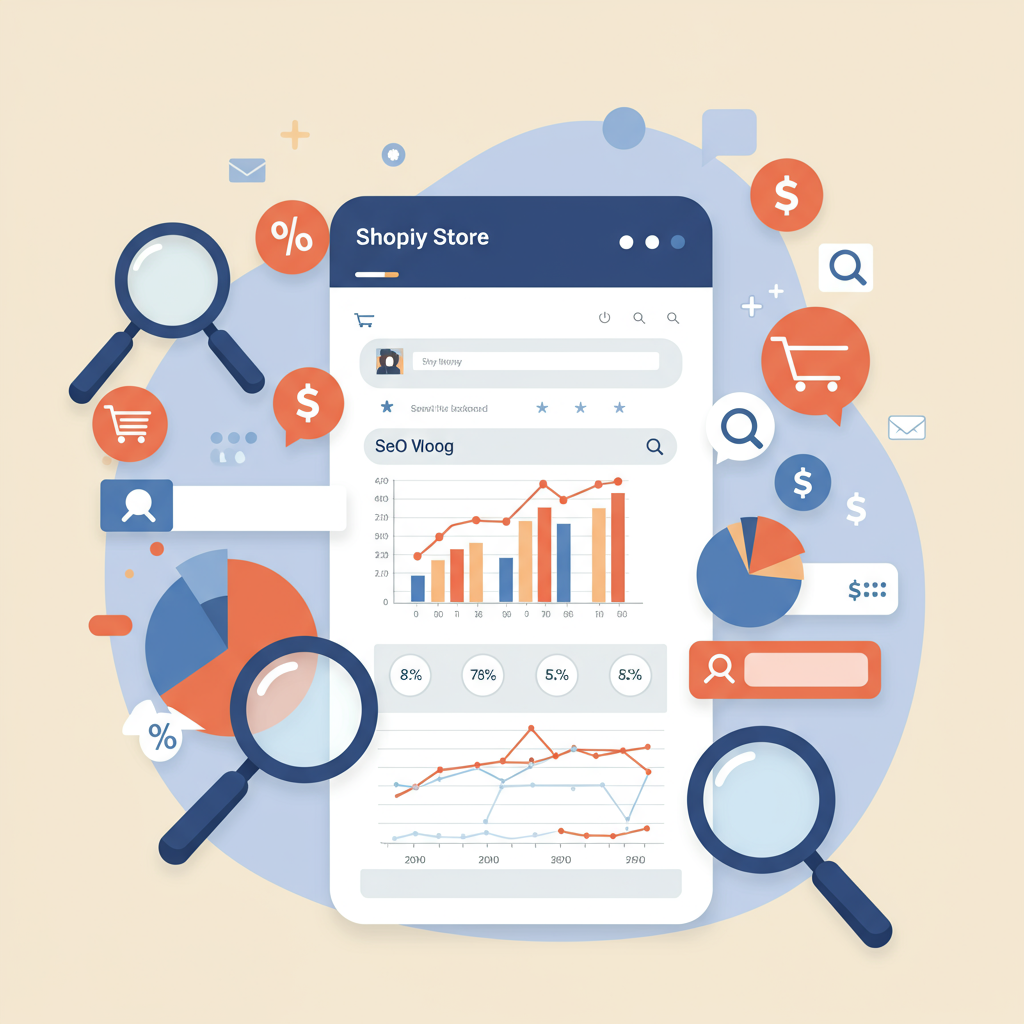Future-Proofing Your Online Store’s Visibility and Sales
Hello fellow merchants! I’m here today to talk about something absolutely crucial for your online store’s future: Search Engine Optimization, or SEO.
Specifically, we’re diving into a comprehensive Shopify SEO checklist designed to propel your business forward into 2026 and beyond.
The digital landscape is constantly evolving, and staying ahead of the curve with your search engine optimization is no longer optional; it’s a necessity for survival and growth.
My goal is to provide you with actionable insights and a clear roadmap to ensure your Shopify store ranks high, attracts more organic traffic, and ultimately, drives more sales.
Let’s start with the absolute foundation: **Keyword Research for 2026**. This isn’t just about finding popular terms anymore; it’s about understanding user intent.
I recommend focusing heavily on long-tail keywords, which are more specific, often question-based phrases that users type into search engines. They typically indicate higher purchase intent.
Think about semantic search and user intent. Google is getting incredibly smarter; it understands the context and meaning behind queries, not just exact keyword matches. Your content should reflect this.
Consider voice search optimization too. People are increasingly using voice assistants, and their queries tend to be more conversational and question-based. How would someone ask for your product verbally?
Next on our checklist is **On-Page SEO**. This refers to all the optimizations you can make directly on your website’s pages to improve their search engine rankings.
For every product page, collection page, and blog post, I urge you to meticulously optimize your meta titles and descriptions. These are your store’s storefronts in search results.
Make sure they are compelling, include your primary keywords naturally, and encourage clicks. Always keep character limits in mind for optimal display across devices.
Don’t forget your product descriptions. I advise writing unique, detailed, and keyword-rich descriptions that genuinely help customers understand what they’re buying, addressing their needs and questions.
Image alt text is another critical element. I always ensure every image on my Shopify store has descriptive alt text, not only for SEO but also for accessibility for visually impaired users.
Implementing structured data (Schema Markup) is becoming increasingly important. This helps search engines understand the content on your pages, like product prices, reviews, and availability, leading to rich snippets.
Moving to **Technical SEO**, this is about ensuring search engines can easily crawl, understand, and index your site without encountering any roadblocks.
Site speed is paramount. I regularly check my Shopify store’s loading times using tools like Google PageSpeed Insights. A slow site frustrates users and significantly hurts rankings.
Mobile-friendliness is non-negotiable in 2026. I ensure my store is perfectly responsive and offers a seamless, intuitive experience on all devices, from desktops to smartphones and tablets.
Your sitemap.xml file should be up-to-date and submitted to Google Search Console. This tells search engines about all the pages on your site that you want them to crawl and index.
I also pay close attention to my robots.txt file, ensuring it’s not inadvertently blocking important pages from being crawled by search engine bots.
Canonical tags are vital for preventing duplicate content issues, which are especially common with product variations or filtered collection pages on Shopify. I make sure they point to the preferred version of a page.
**Content Marketing** is where you truly engage your audience, build brand authority, and provide value beyond just selling products.
I believe a robust blog strategy is essential. Regularly publish high-quality, informative, and keyword-optimized blog posts related to your products, niche, and customer pain points.
Consider diversifying your content with videos, infographics, and user-generated content. These formats can significantly boost engagement, time on site, and indirectly, your SEO.
**Off-Page SEO** primarily revolves around building high-quality backlinks to your store from other reputable websites.
I focus on earning links from authoritative and relevant websites in my industry. This signals to search engines that your site is trustworthy, credible, and an authority in its field.
Social media presence, while not a direct ranking factor, can drive significant traffic to your store and increase brand visibility, indirectly supporting your overall SEO efforts.
**User Experience (UX)** is increasingly intertwined with SEO. Google’s Core Web Vitals measure aspects of user experience like loading performance, interactivity, and visual stability.
I constantly strive to improve my store’s navigation, simplify the checkout process, and enhance the overall user journey. A happy user is more likely to convert, return, and recommend your store.
Finally, **Analytics and Monitoring** are non-negotiable for continuous improvement. I regularly use Google Analytics and Google Search Console to track my performance.
These tools provide invaluable data on keywords driving traffic, user behavior patterns, traffic sources, and any technical issues that might be impacting my SEO. Use them to make data-driven decisions.
What do you think about this comprehensive Shopify SEO checklist for 2026? I’d love to hear your thoughts and any strategies you’ve found particularly successful!
In conclusion, mastering Shopify SEO for 2026 requires a holistic approach, combining technical prowess with compelling content creation and an unwavering focus on user experience.
By diligently implementing these strategies, I am confident you can significantly enhance your store’s visibility, attract more qualified customers, and achieve sustainable growth in the competitive e-commerce landscape.
Start today, and let’s build a thriving online business together, ready for the future!






